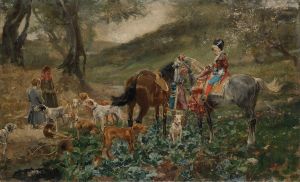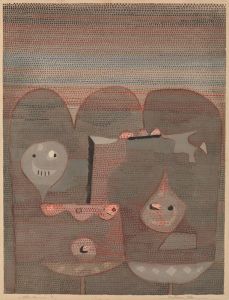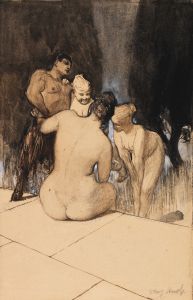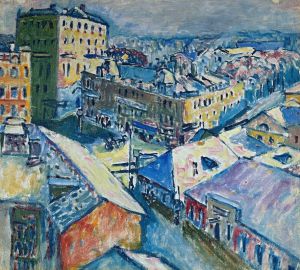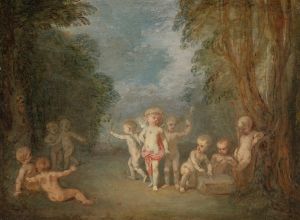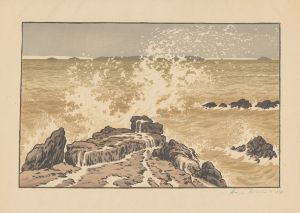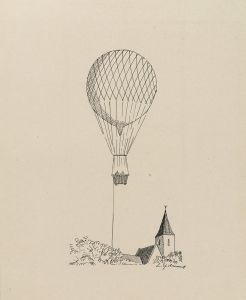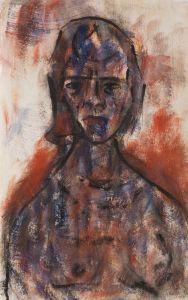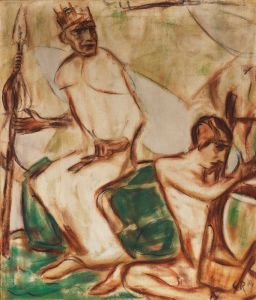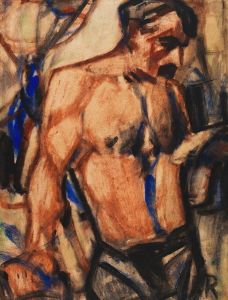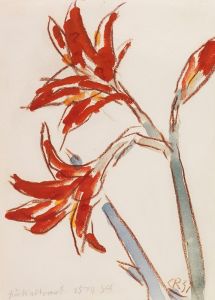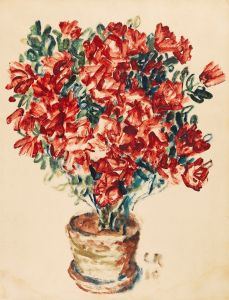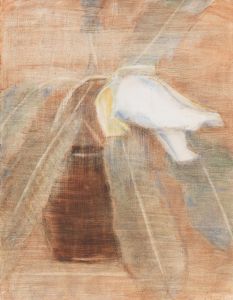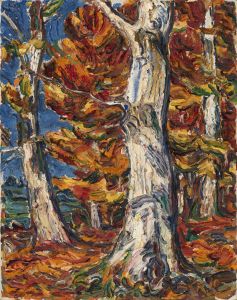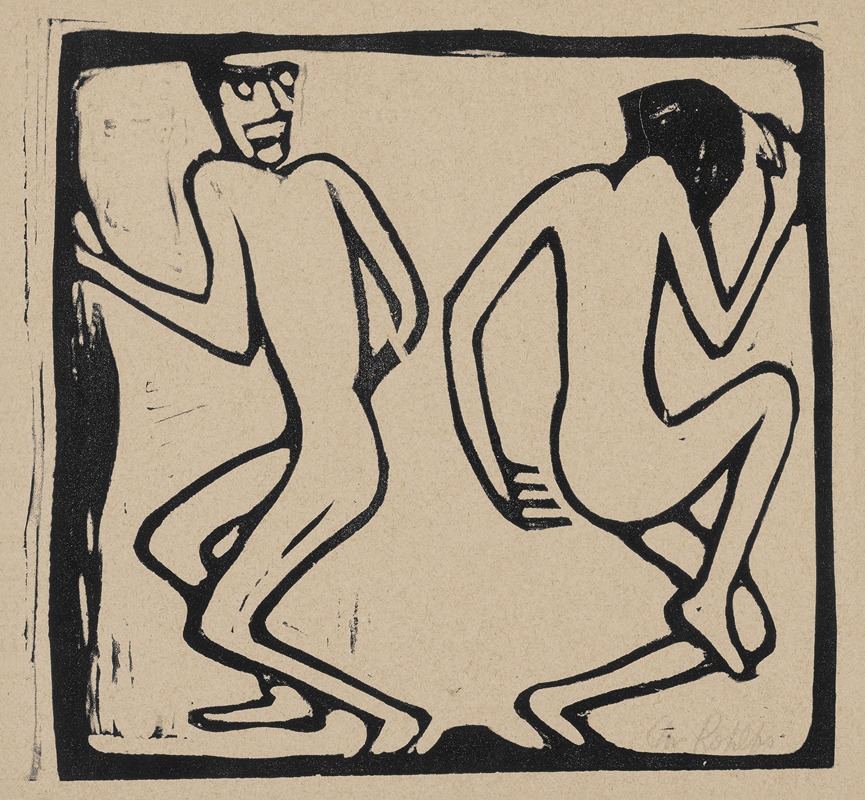
Zwei Tanzende
A hand-painted replica of Christian Rohlfs’s masterpiece Zwei Tanzende, meticulously crafted by professional artists to capture the true essence of the original. Each piece is created with museum-quality canvas and rare mineral pigments, carefully painted by experienced artists with delicate brushstrokes and rich, layered colors to perfectly recreate the texture of the original artwork. Unlike machine-printed reproductions, this hand-painted version brings the painting to life, infused with the artist’s emotions and skill in every stroke. Whether for personal collection or home decoration, it instantly elevates the artistic atmosphere of any space.
Christian Rohlfs (1849-1938) was a German painter and one of the most prominent representatives of German Expressionism. His work "Zwei Tanzende" (Two Dancers) is a notable example of his artistic style and thematic interests. Rohlfs' career spanned several significant periods in art history, and his work evolved from naturalism to a more expressive and abstract style over time.
"Zwei Tanzende" was created during a period when Rohlfs was deeply influenced by the Expressionist movement, which sought to convey emotional experience rather than physical reality. This painting reflects his interest in capturing dynamic movement and the emotional intensity of his subjects. The title, which translates to "Two Dancers," suggests a focus on the human form in motion, a common theme in Expressionist art.
Rohlfs' use of color and form in "Zwei Tanzende" is characteristic of his mature style. He often employed bold, vibrant colors and strong, dynamic lines to create a sense of movement and energy. The figures in the painting are likely rendered in a way that emphasizes their emotional state rather than their physical likeness, a hallmark of Expressionist art. This approach allows the viewer to engage with the painting on an emotional level, experiencing the intensity of the dancers' movements and the atmosphere they create.
Christian Rohlfs was born in Groß Niendorf, Germany, and studied at the Weimar Saxon-Grand Ducal Art School. His early work was influenced by the naturalist movement, but he gradually moved towards a more expressive style. By the early 20th century, Rohlfs had become associated with the Expressionist movement, and his work began to reflect the bold colors and abstract forms that characterized this style.
Throughout his career, Rohlfs was associated with several important art groups and movements. He was a member of the Berlin Secession, a group of artists who broke away from the traditional art establishment in Germany. He also had connections with the Brücke group, although he was not a formal member. These associations helped to shape his artistic development and brought him into contact with other leading artists of the time.
Rohlfs' work, including "Zwei Tanzende," was well-regarded during his lifetime, and he received several honors and awards. However, his career was not without challenges. In 1937, the Nazi regime condemned his work as "degenerate art," and many of his paintings were removed from German museums. Despite this, Rohlfs continued to paint and remained committed to his artistic vision until his death in 1938.
Today, Christian Rohlfs is recognized as a significant figure in the history of modern art, and his work is held in major collections around the world. "Zwei Tanzende" remains an important example of his contribution to the Expressionist movement and his ability to convey the emotional depth and dynamism of the human experience through his art.





